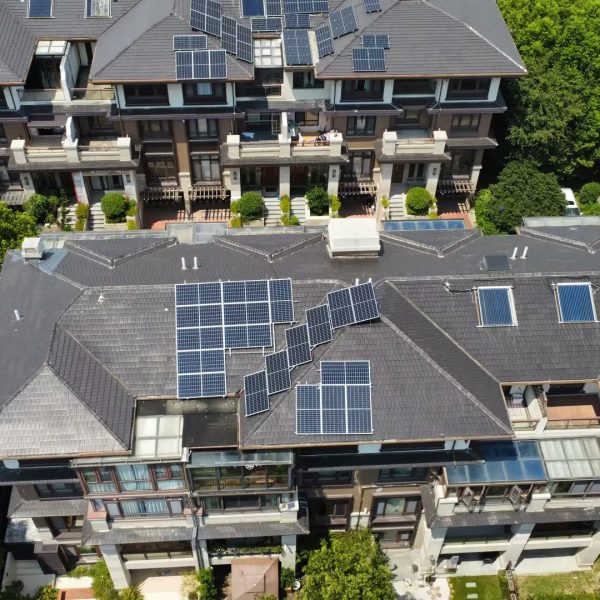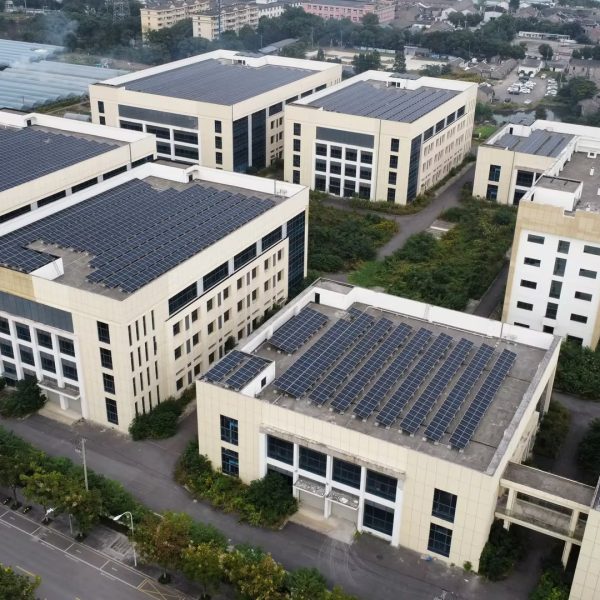
For domestic distributed photovoltaic power generation applications, the State Grid allows photovoltaic power plant owners to adopt three settlement modes: spontaneous self-use mode, spontaneous self-use surplus electricity online or fully online.
The remarkable feature of the grid-connected mode for self-use is “grid-connected and not online”, which means that the power emitted by the photovoltaic power station only supplies its own use, and will not transmit power to the grid. When the power generated by the photovoltaic power is not enough to supply its own load, the insufficient part is supplemented by the grid.
The grid-connected mode for self-use is widely used in a variety of small photovoltaic power stations, when the scale of the power station relative to the user load is relatively small, the user price is more expensive and the power generation is more difficult to send or the grid does not receive the power generation of photovoltaic power stations.The State Grid allows domestic distributed photovoltaic power generation applications to adopt self-consumption mode, self-consumption with surplus electricity fed into the grid, or full grid connection modes of settlement.

The prominent feature of the self-consumption grid connection mode is “grid connection without grid connection”, meaning that the electricity generated by the photovoltaic power station is only supplied for its own use and will not be transmitted to the grid. When the electricity generated by the photovoltaic power station is insufficient to meet its own load, the deficit will be supplemented by the grid.
The self-consumption grid connection mode is widely used in various small photovoltaic power stations. When the scale of the power station relative to the user’s load is small, when the user’s electricity price is expensive and power generation and transmission are difficult or the grid does not accept the power generation of the photovoltaic power station, etc., this grid connection mode can be adopted.

The self-consumption with surplus electricity fed into the grid mode means that the electricity generated by the distributed photovoltaic power generation system is prioritized for local load use. When the generation exceeds the local consumption capacity, the excess electricity will automatically be fed into the public grid. This mode is suitable for industrial and commercial users or residential users with large daytime load and small nighttime load. Under this mode, users can not only save on electricity bills but also obtain certain economic benefits from the surplus electricity fed into the grid. This grid connection form is not suitable for projects with incoming substation busbars of 35KV or above, as the 10KV or 35KV is entirely the user’s plant busbar, the substation connected to the mother line is 110KV or 220KV, and

.png)
No comments yet.